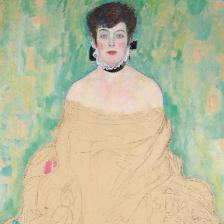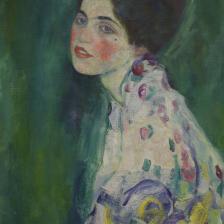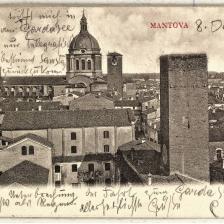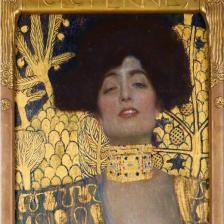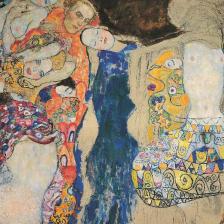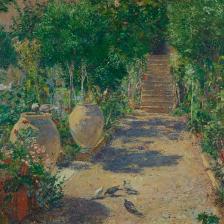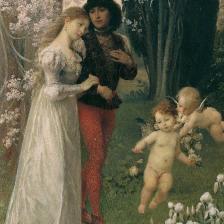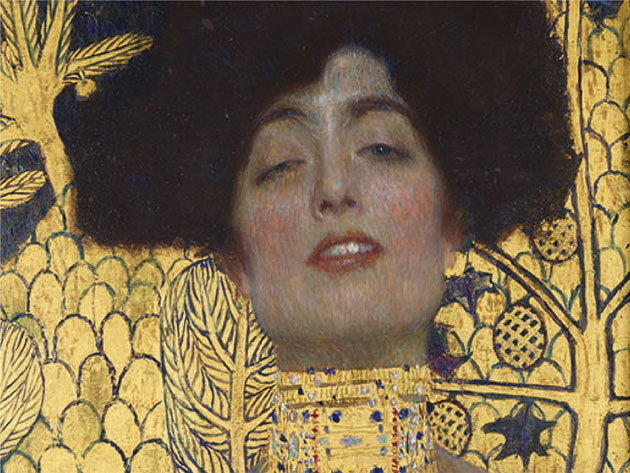
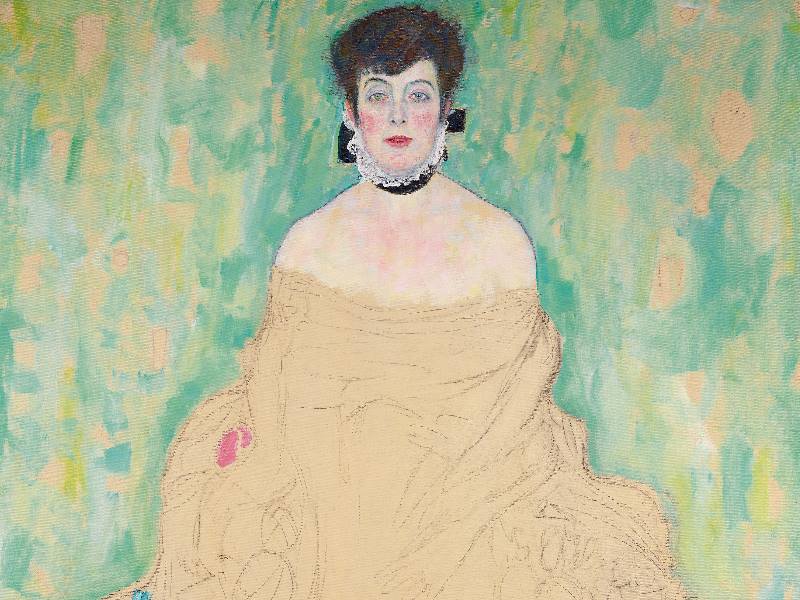
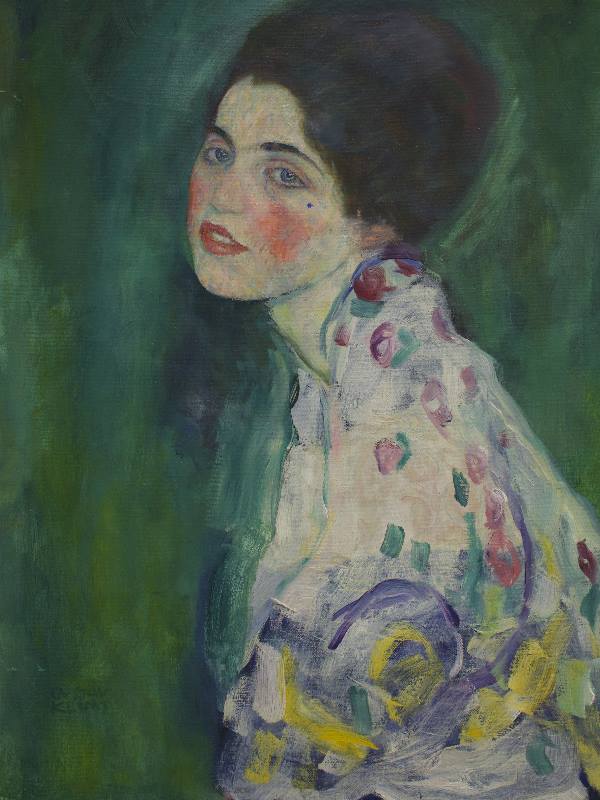
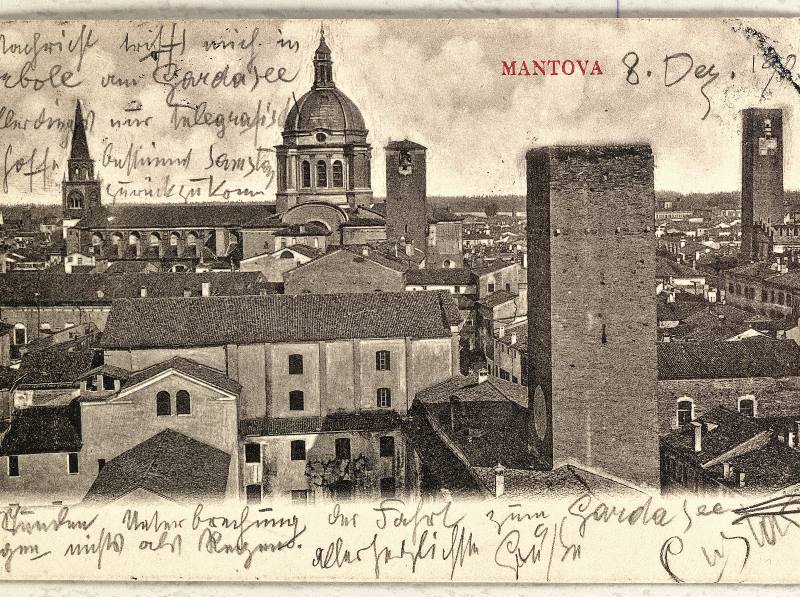
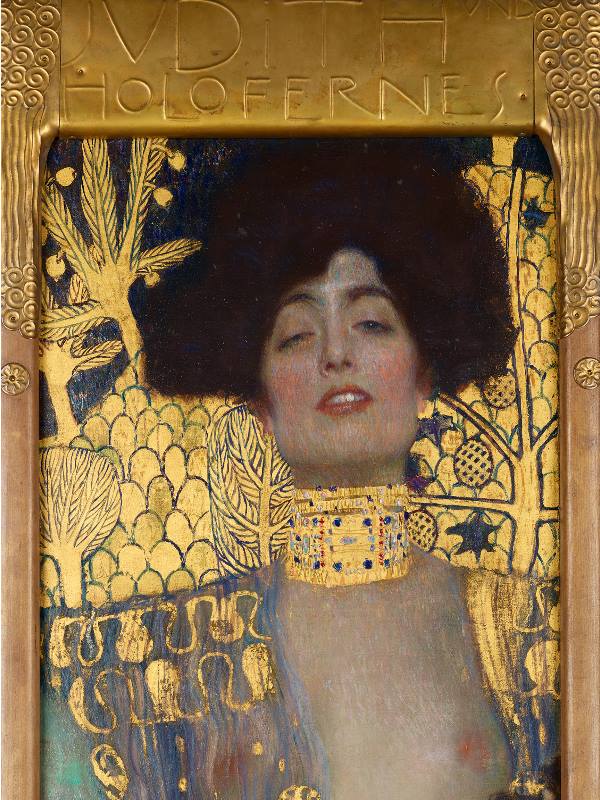
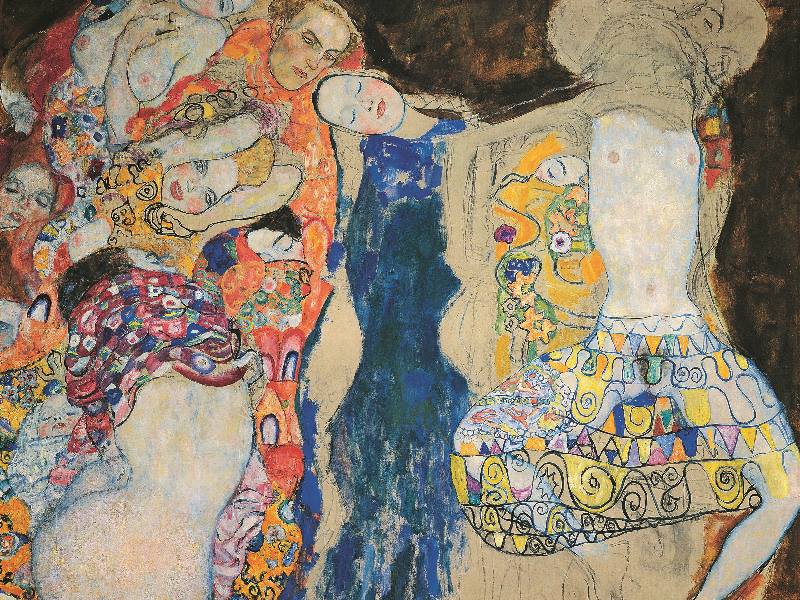

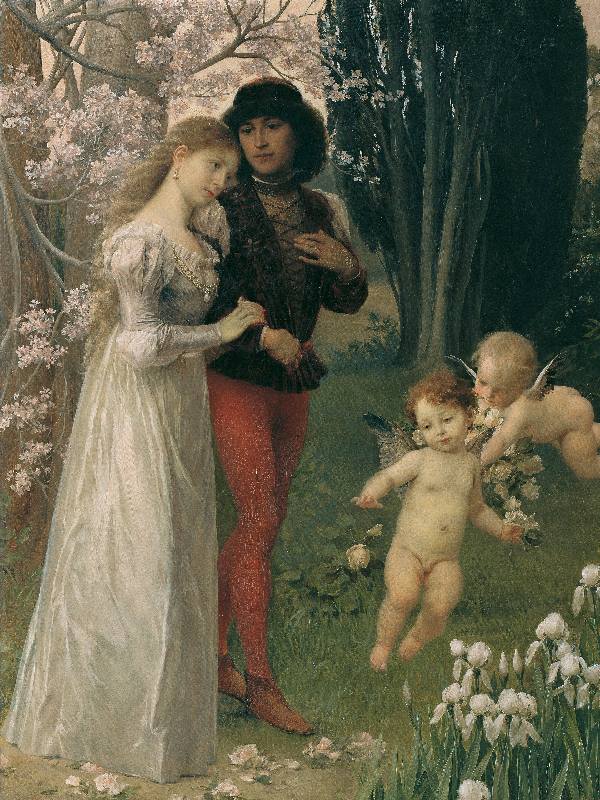
The Museum of Rome - Palazzo Braschi celebrates Gustav Klimt, one of the most significant artists between the 19th and 20th centuries. After 110 years, Klimt symbolically returns to the Capital, where he was awarded at the 1911 International Art Exhibition.
Displayed over 200 works by the great master and his circle from the Belvedere Museum in Vienna and the Klimt Foundation - two of the most important museums in the world to preserve the Klimtian artistic heritage - and public and private collections, such as the Neue Galerie Graz. Among paintings, drawings, vintage posters and sculptures, iconic works stand out, including Judith I (1901), Lady in White (1917-18), Friends I (The Sisters), Amalie Zuckerkandl (1917-18), and extraordinary loans, such as The Bride (1917-18) and the wonderful Portrait of a Lady (1916-17), recovered in 2019 after being stolen from the Galleria d'Arte Moderna Ricci Oddi of Piacenza in 1997.
The exhibition path traces the artistic life of the Austrian painter. It highlights his role as co-founder of the Vienna Secession, investigates his relationship with Italy, and depicts his travels and successes. It includes 14 sections: Vienna. 1900; First works. The artist company Künstler-compagnie, 1897; The foundation of the Vienna Secession; Design in the context of the Vienna Secession; Klimt's first trips to Italy in 1899 and 1903; Judith. The work with the status of an icon; Portrait of a Lady; The Faculty Paintings; Beethoven's Frieze; Landscape painting; Rome 1911. The International Exhibition of Fine Arts; At the Venice Biennale; Secession 1914; "The bride". An important work of recent years.
Alongside the Klimtian masterpieces are paintings and sculptures from the Belvedere Museum by other artists of the Vienna Secession period, such as Josef Hoffmann, Koloman Moser, Carl Moll, Johann Victor Krämer, Josef Maria Auchentaller, Wilhelm List and Franz von Matsch. In an inspired and suggestive artistic comparison, testified by the postcards of Klimt's travels to Italy, the Museum of Rome presents the works of Galileo Chini, Giovanni Prini, Enrico Lionne, Camillo Innocenti, Arturo Noci, Ercole Drei, Vittorio Zecchin and Felice Casorati. These Italian artists gave life to the exhibitions of Ca 'Pesaro and the Roman Secession.
Thanks to the collaboration between Google Arts & Culture Lab Team and the Belvedere in Vienna, the Faculty Paintings - Medicine, Law and Philosophy - came back to life. The works are three famous allegorical paintings created by Klimt between 1899 and 1907 for the ceiling of the Aula Magna of the University of Vienna, rejected because they were considered scandalous. Lost in 1945, they survive only in a few black and white images and newspaper articles. A digital process made it possible to obtain an extraordinary digital colour reconstruction of the panels. It was realized through Machine Learning (a subset of Artificial Intelligence) with the consultation of Dr Franz Smola, one of the leading Klimt experts in the world.
The exhibition is promoted by Roma Culture, Sovrintendenza Capitolina ai Beni Culturali, co-produced by Arthemisia in collaboration with the Belvedere Museum and cooperation with the Klimt Foundation. Klimt. La Secessione e l'Italia is curated by Franz Smola, curator of the Belvedere, Maria Vittoria Marini Clarelli, Capitoline Superintendent to Cultural Heritage and Sandra Tretter, deputy director of the Klimt Foundation in Vienna.
Informations
From 27 October 2021 to 27 March 2022
From Monday to Friday from 10.00 to 20.00.
Saturday and Sunday from 10.00 to 22.00
From Thursday 24 March to Sunday 27 March 2022 10.00-24.00 (last admission one hour earlier)
1st November and 8th, 27th, 28th, 29th and 30th December 10.00-22.00
The ticket office closes one hour earlier
24 and 31 December 10.00 - 14.00
Closed December 25th, January 1st
ALWAYS CONSULT THE ADVISORY PAGE before planning your visit to the museum.
 Condividi
Condividi












































